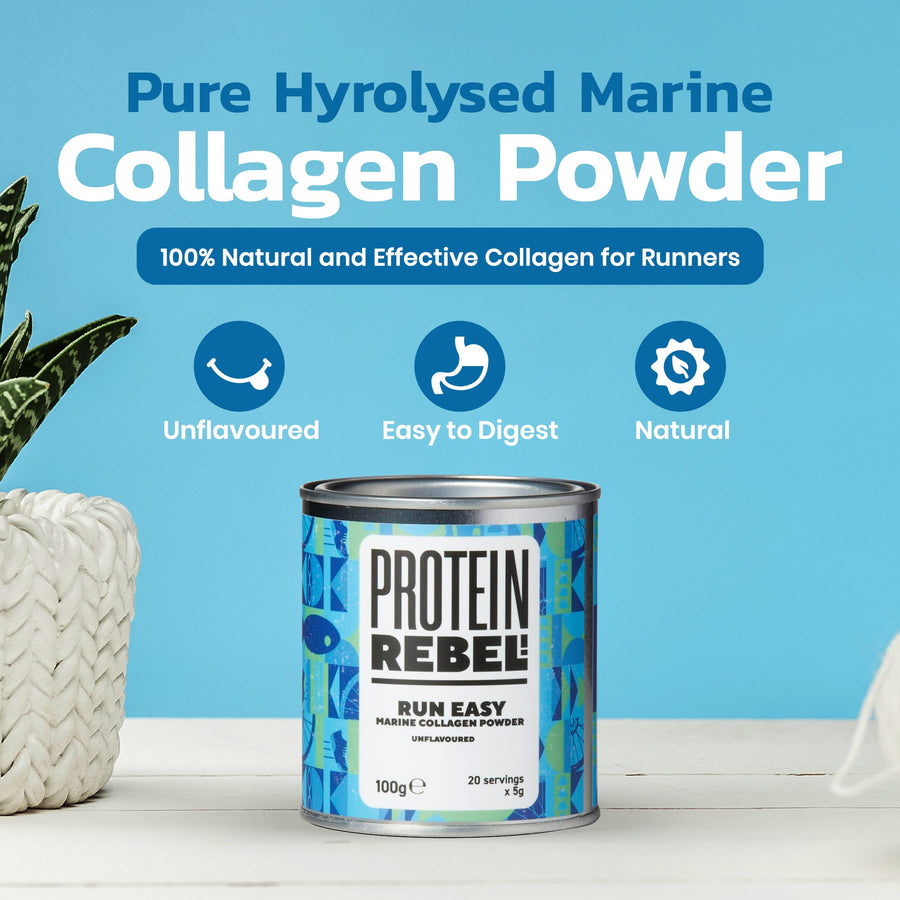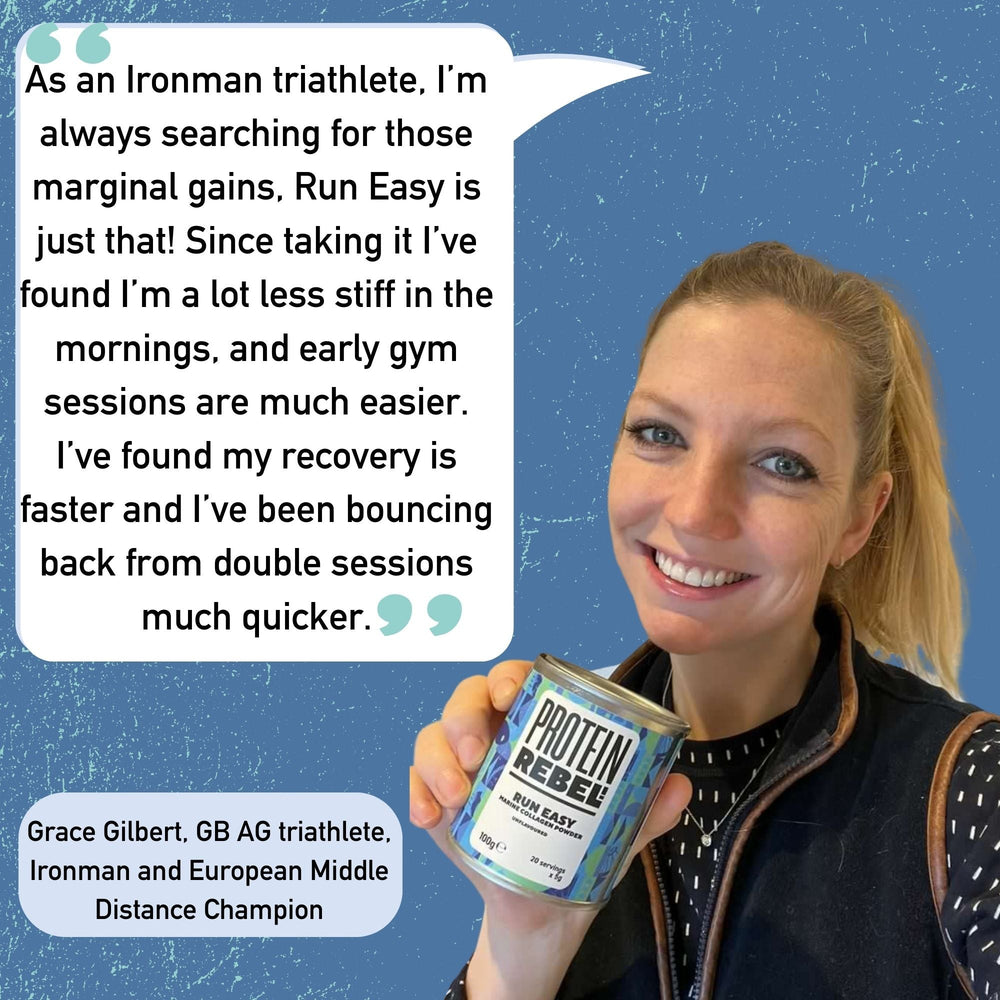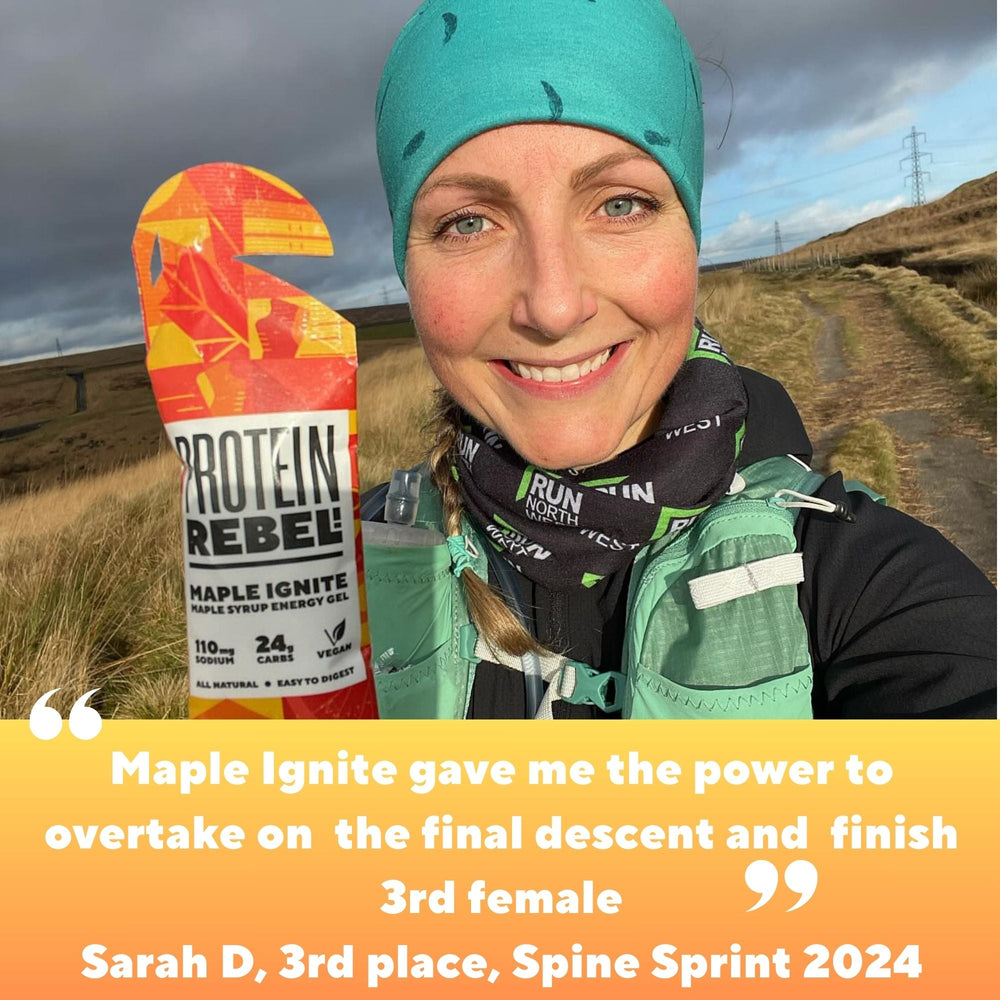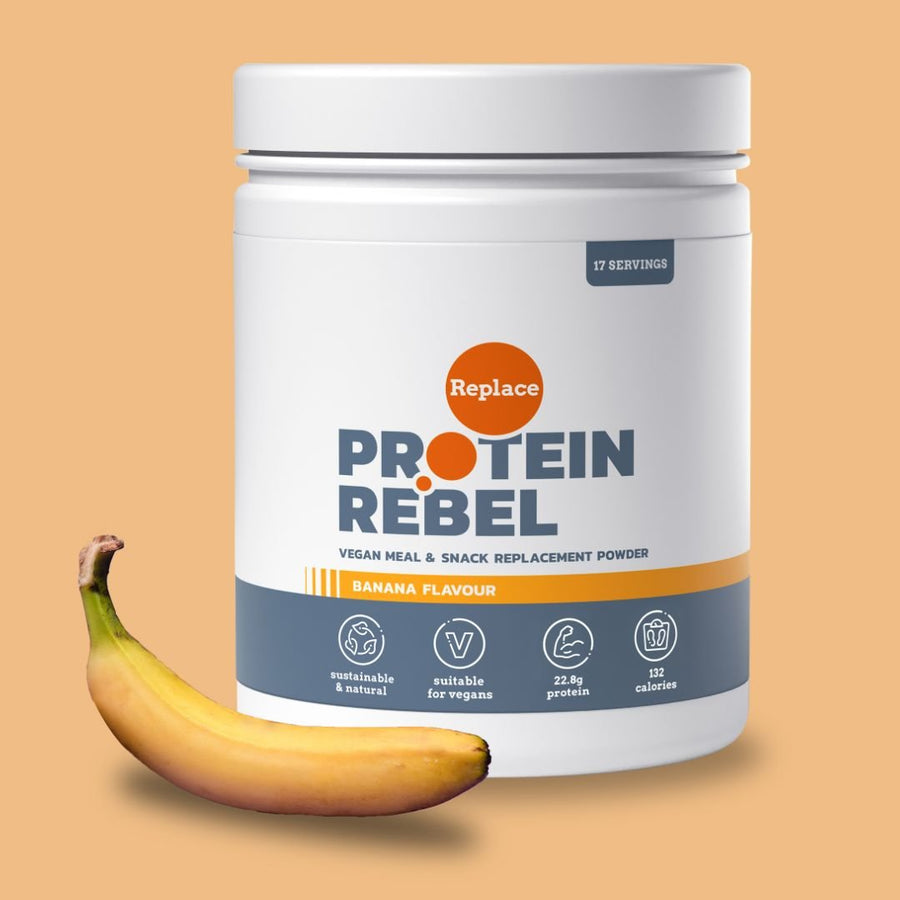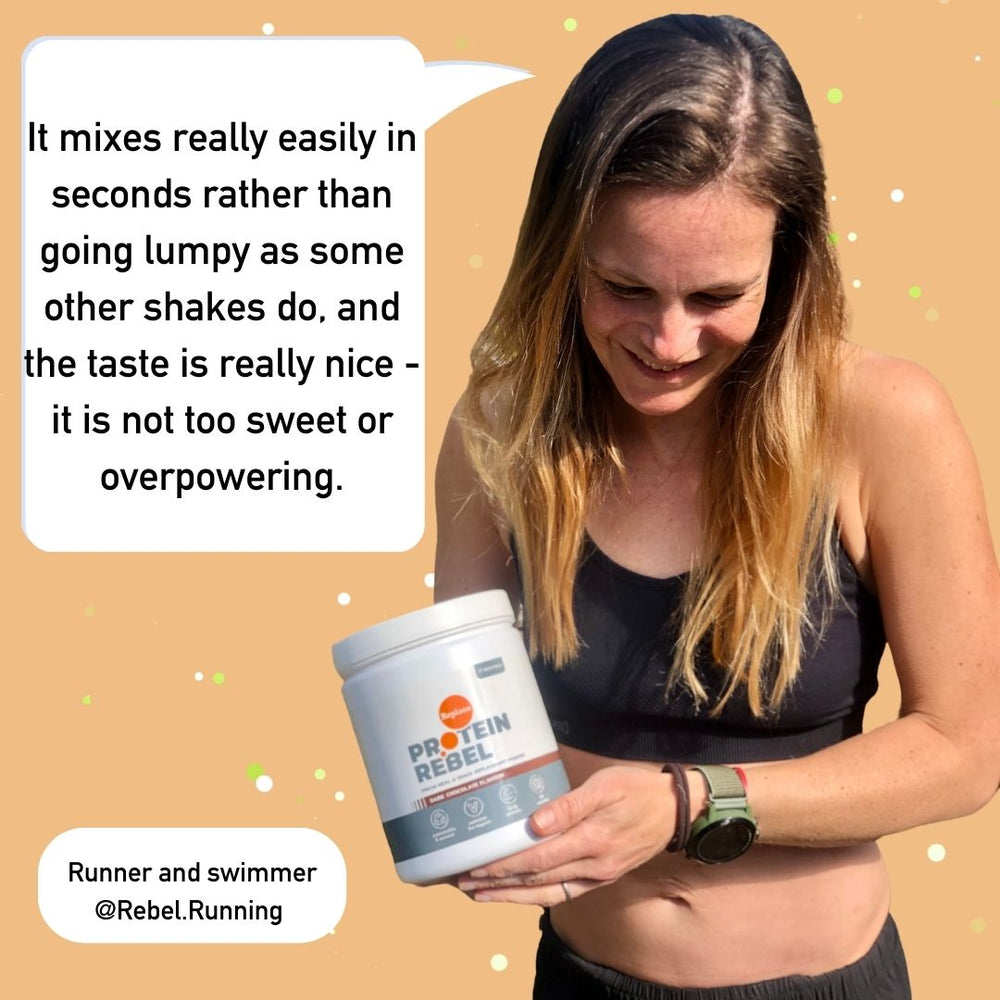30min magic window: fact or fiction?
It’s time to review traditional anabolic window theory, also referred to as ‘the magic window’, and assess its relevance for today’s endurance athletes.
Endurance athletes cover all types of sports and activities that are undertaken over an extended period of time. Training is normally split between aerobic to improve stamina and anabolic to improve strength, with the effect of protein consumption on strength training often resulting in a focus on the anabolic window.
Strength training damages the muscle fibres which then repair and grow, improving strength and size of the muscle to help you to train harder and faster. And to maximise the benefit of this type of training, you need to consume high levels of protein. However there is a traditional view that this protein must be consumed within the anabolic window for maximum benefit.
The anabolic window, also known as the ‘magic window and ‘protein window’ refers to the 30 minutes immediately after exercise has been completed. The view is that your body can most effectively absorb protein to help repair muscles during this time. It’s important to choose proteins that are absorbed quickly to make the most of this short window. Consuming protein after this window is said to be less effective.
Many people continue to follow this traditional advice, but there’s growing scientific evidence to suggest that this theory is no longer valid.
So what’s the evidence behind this new thinking?
During training, your muscles are working to push and pull additional weight. This causes your muscles to experience muscle protein breakdown (MPB) in which the tiny muscle fibres break. Once you stop exercising your muscles, they reform and rebuild which is known as muscle protein synthesis (MPS). The difference between MPB and MPS determines the strength and size of the muscles as they repair and regrow. This process is known as net muscle protein balance (NMPB) and it’s impossible not to have muscle fibre rebuild without muscle fibre breakdown.
Traditionally, it was assumed that protein intake and absorption within 30 minutes of finishing a workout is important to support muscle protein synthesis. But as new research and analysis becomes available this view no longer holds true.
Research shows that consuming protein pre or post exercise produces similar results. This means pre-training consumption of protein could be enough to maximise NMPB. This gap between pre and post consumption suggests the anabolic window is actually quite wide – definitely wider than 30 minutes.
A separate study shows similar results using the most popular protein supplement - whey. A whey-based supplement was given to a study group one hour before training and another group one hour after training. When the results where compared, the groups showed similar changes in MPS.
This wide anabolic window is true unless you are training in a fasted state. This is where you have not consumed anything, particularly protein and carbohydrates before training. When this is the case, it would be beneficial to consume protein as soon as possible after completing your training.
So where does that leave us?
All studies agree that a high protein diet will effectively support NMPB and help improve your strength and speed. However, there isn’t any evidence to support the belief that this anabolic window is only 30 minutes long after your training has finished. This has led the International Society of Sports Nutrition to conclude that protein consumption should be evenly distributed throughout the day every 3 to 4 hours.
This really is good news. It opens up the opportunity for people to use new types of proteins, such as plants and crickets, confident in the knowledge that these proteins are as effective as traditional proteins, such as whey. And as consumers also demand more from their supplements, the additional benefits new proteins can deliver, such as their sustainability credentials and the added vitamins and minerals, suggest they are far more suited to modern, healthier lifestyles.
